 Zooplankton of the Great Lakes
Zooplankton of the Great Lakes
Daphnia mendotae
Kingdom - Animalia
Phylum - Arhtropoda
Subphylum - Crustacea
Class - Branchiopoda
Order - Cladocera
Family - Daphniidae
Genus - Daphnia
Species - mendotae Birge 1918
Anatomy
Daphnia mendotae looks similar to other species of Daphnia, however there are many distinguishing features to help identify them. These small animals range in length (the distance from the top of the head to the bottom of the carapace) from 1.3mm up to 3mm (Edmondson 1958), this actually pretty large for Daphnia. If males are present they tend to be smaller reaching lengths up to 1mm (Edmondson 1958).
The shell spine located on the posterior end of the carapace ranges from about one half to two thirds the length of the carapace. The carapace itself tends to be oval to round with broad valves (Edmondson 1958). The head tends to be helmeted, exception might be in early spring (Pennak 1978). One obvious feature of the head is the presence of a rostrum (Balcer et al. 1984) shown in figure 1 , produced by a concavity on the ventral portion of the head. There is no concavity at the dorsal margin of the head (Pennak 1978) which can be seen in figure 1. The anterior margin of the head is typically pointed, but can be bluntly pointed (figure 1) and varies even within populations. Another obvious feature that helps distinguish this species from other similar species is the presence of an ocellus (Balcer 1984) located below the large compound eye (figure 2). The ocellus is a very small light sensing organ and looks like a small black dot. The compound eye is generally far from the ventral margin of the head (Balcer 1984). Postabdominal claw has small uniform pectin.
There are two sets of antennae on the Daphnia. The first set are small and located on the ventral most posterior portion of the head. These antennae possess olfactory setae and are noticeably extended in males (figure 3) (Pennak 1978). First antennae are very difficult to see on females. The second antennae are conspicuous and very large. Second antennae possess two rami (Pennak 1978) or branches and facilitate locomotion, these can be seen in figure 1. These antennae can be considered “swimming arms” that create locomotion by intermittent stroking.
Distribution
D. mendotae are common in many glaciated lakes (Pennak 1978) and are widely distributed among lakes throughout the northern part of North America (Edmondson 1958). They can be found in many lakes of the northeastern states and in Pacific coast states (Pennak 1978). They are often found in deep, large, clear lakes including all of the Great Lakes (Balcer et al. 1984).
Life History and Reproduction
Reproduction is primarily parthenogenesis, although in early summer/late spring Daphnia hatch from ephippial eggs (Balcer et al. 1984). Ephippial eggs are the product of sexual reproduction and have a protective covering called an ephippium pictured in figure 4. The ephippium is actually the molted carapace of the mother that becomes an enclosed shield. Ephippial eggs are resistant to dessication and have the capability to lie dormant through winter.
A typical cycle starts with the first generation of Daphnia, for the season, hatching out from ephippial eggs in late spring or early summer. Then reproduction shifts to parthenogenic production of females. Parthenogenic females can produce up to 7 eggs which are retained in the brood chamber. The brood chamber is located on the dorsal side of the Daphnia underneath the carapace. Eggs are held here until they become young Daphnia. Young Daphnia are then released when the mother molts. Parthenogenesis occurs until late summer or fall. In fall the females start producing males via parthenogenesis. Once males are produced sexual reproduction can occur and ephippial eggs are produced for next spring.
Feeding Ecology
Daphnia are herbivores and graze on planktonic algae. They prefer small chlorophytes (Balcer et al 1984) and constantly filter the water for food particles. They filter the water through their carapace by creating a constant flow of water with their thoracic appendages (Pennak 1978). As food particles are acquired they are collected in the median groove located at the base of the appendages (Pennak 1978). The food particles are then transported to the mandibles in a generally continuous stream (Pennak 1978). If any unwanted particles are present between the thoracic appendages or mandibles, they are kicked out by the postabdominal appendage (Pennak 1978).
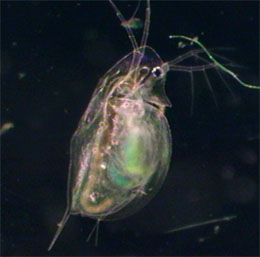
They don't actually bioluminesce, but this was such a cool picture it was hard to leave out. (Amazing what you can do with a little hue alteration)
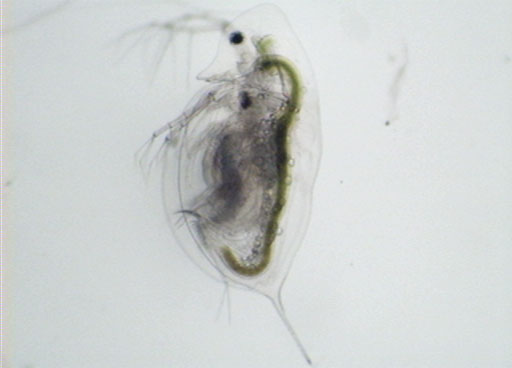
Figure 1. Adult Daphnia mendotae. Note pronounced rostrum, broad oval carapace, and bluntly point helmet
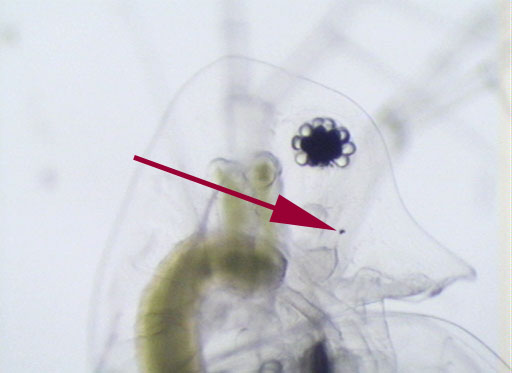
Figure 2. Note ocellus directly below the large compound eye.
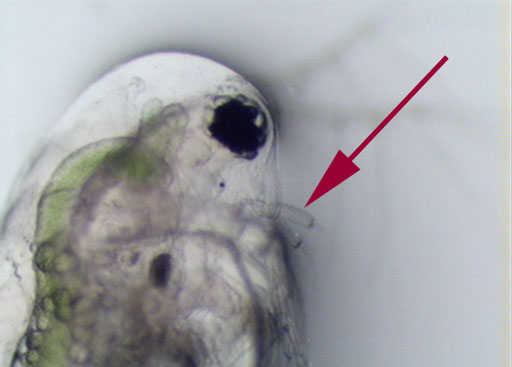
Figure 3. Adult male D. mendotae. Note extended first antennae. Also note the reduced helmet and rostrum.
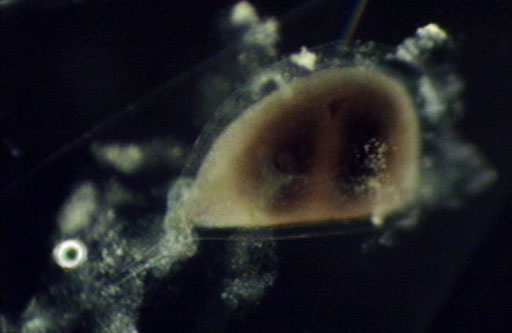
Figure 4. Ephippium of D. mendotae, with 2 ephippial eggs inside
Works Cited:
Balcer, B.D., N.L. Korda, and S.I. Dodson. 1984. Zooplankton of the Great Lakes. The University of Wisconsin Press, Ltd. London, England.
Edmonson, W.T. (editor). 1959. Fresh-water Biology, 2nd edition. John Wiley and Sons, New York.
Pennak, R.W. 1978. Fresh-water invertebrates of the United States. Wiley-Interscience Publication, New York